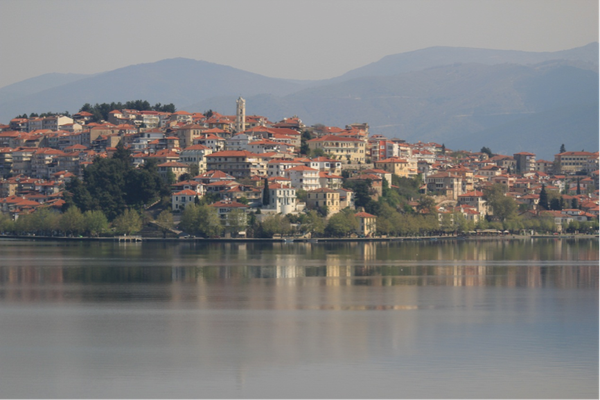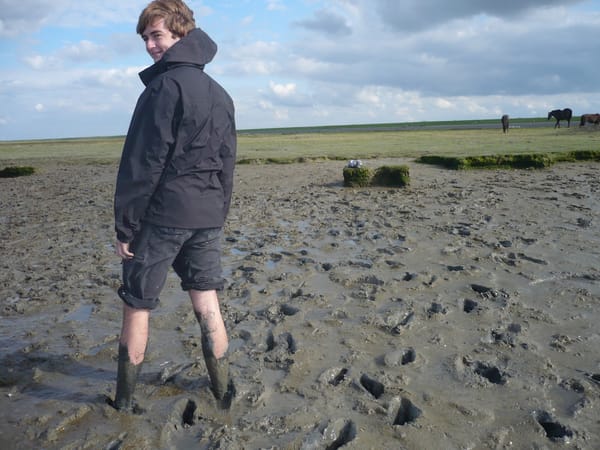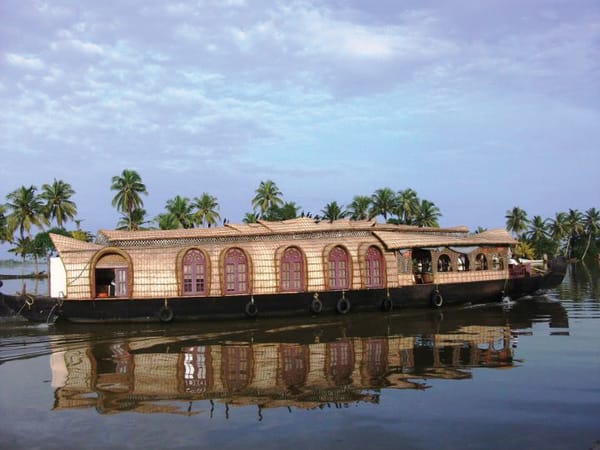Making a splash in Mexico
Stephanie Walton visits an exotic paradise, while you're in the Library eating a j pot. Damn.
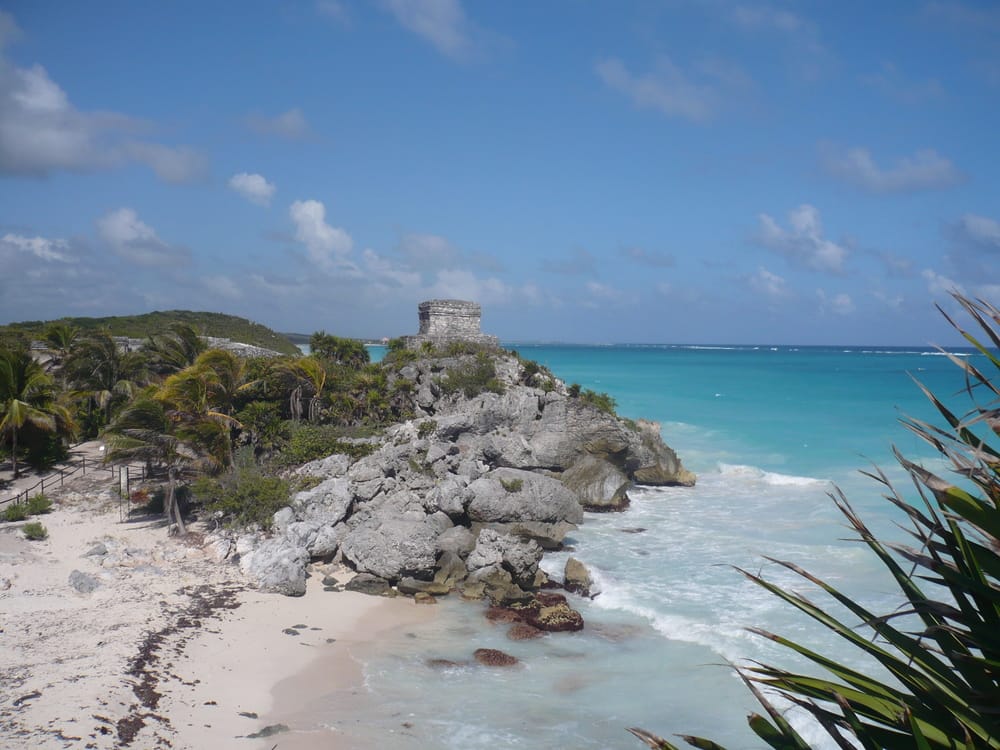
Mexico receives such bad press these days that it is hard to believe it has a safe and beautiful peninsula kicking out into the Caribbean Sea. There are white beaches, fascinating Mayan ruins and magnificent colonial cities. It seems that the only two drawbacks to this balmy “Yucatán” Peninsula are that place names are unpronounceable (try “Xkeken” or “Xcaret”) and that although the street food looks great, it might be regretted later.
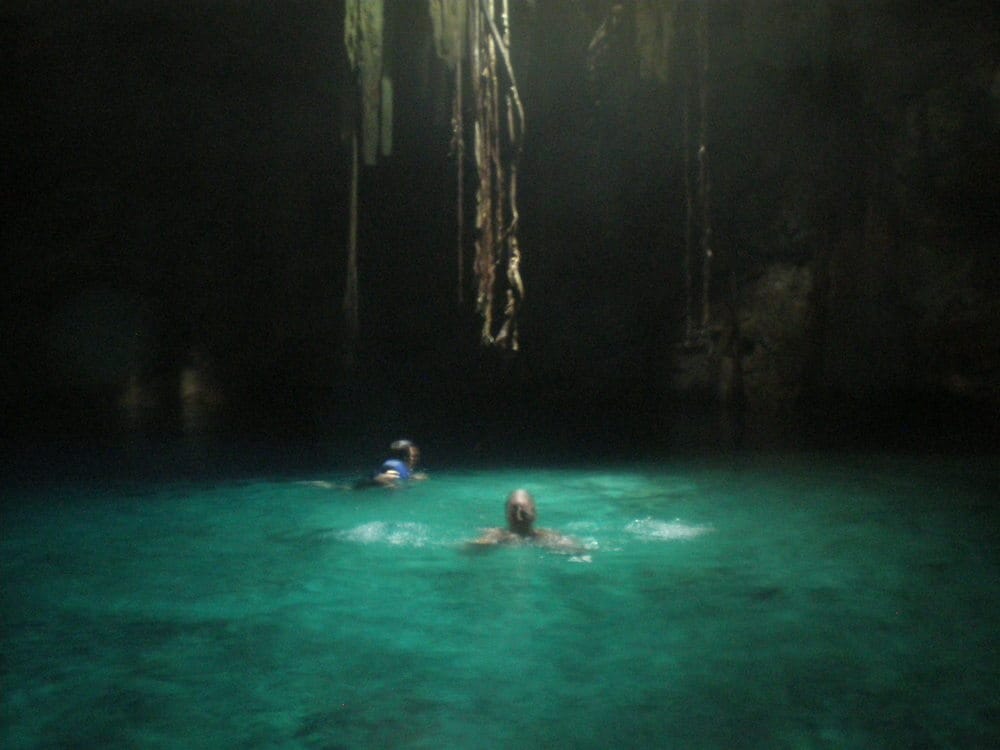
The Yucatecan feature perhaps most alien to us Englishmen is the “cenote”. Thousands of these magnificent underground sinkholes pepper the river-free land. The Mayans relied on cenotes for drinking water and the occasional swim; they say that after swimming in a cenote, you emerge 5 years younger. In addition, some were used for human sacrifice such as the haunting Sacred Cenote at Chichen Itza used in the appeasement of the rain God, Chaac.
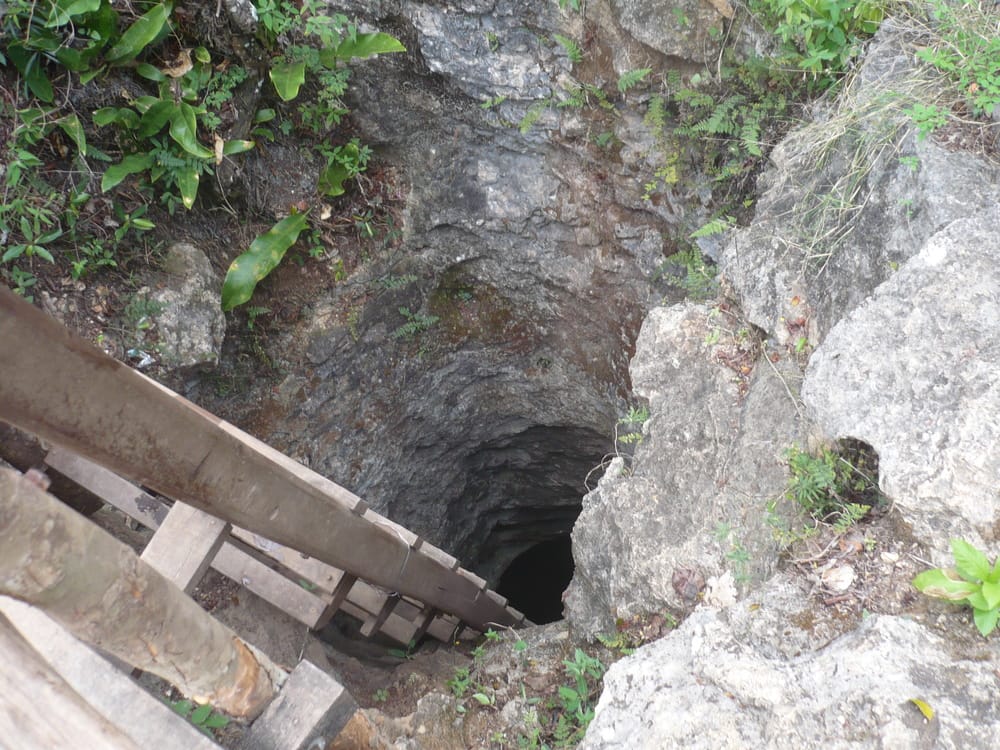
Since cenotes provide much amusement to the tourist, many are open to the public. Some of the more entrepreneurial Mexicans in Cuzama lead what can only be described as a “cenote-athon”, that is, visiting three cenotes in as many hours. Anaemic-looking horses transport tourists from one cenote to the next on carts run on rail tracks. The guide-book warned us that this mode of transport could jar fillings loose. This I can believe. Relief from the bumpy ride comes, however, when another cart approaches from the opposite direction: you must slow down and either stand your ground, or disembark and intentionally derail the cart, in order to let the other pass!
The cenotes themselves are deep underground and can be accessed either by slippery stone steps, or as in one case, a perilously flimsy step ladder. However, this inconvenience is definitely worth it. The water, which I should add must be shared with fish, is a surprisingly comfortable temperature, crystal clear and awesomely deep; diving opportunities are ample. Impressive stalactites hang down to nearly within reach and bats nest on the cave’s ceiling. It’s a swimming experience like no other and after three cenotes, although I still appeared the same age, I certainly felt more alive.
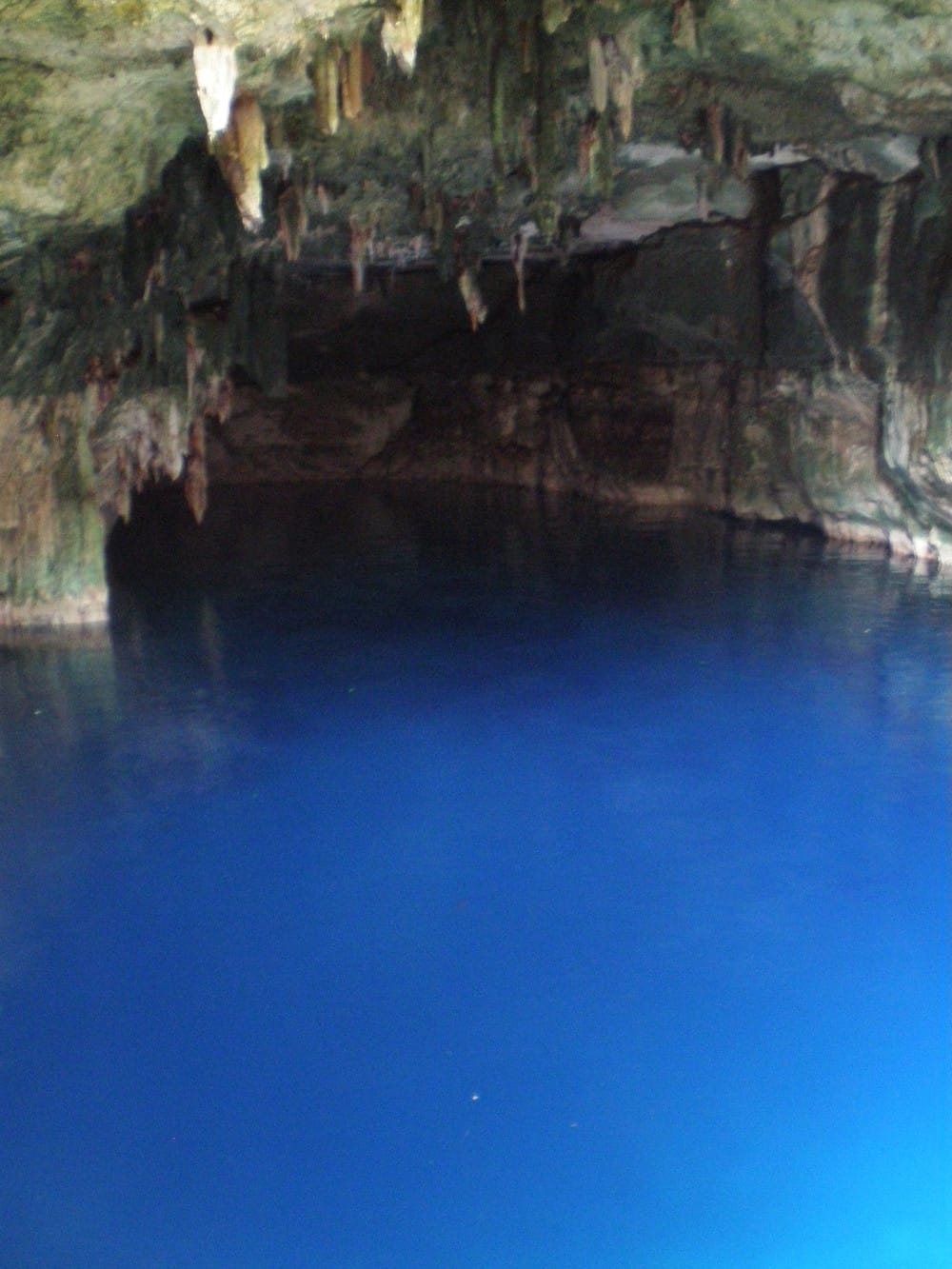
Another unparalleled Yucatecan swimming opportunity presents itself at Tulum. Here stand the remains of a late-Maya city still occupied during and after the Spanish arrival. Although not as impressive architecturally as other Maya sites, Tulum is perched on a cliff next to the Caribbean Sea giving it a picture-postcard beauty. On the beach its “Castillo” is clearly visible. The sand is white and the sea inviting. Stop taking photos and get in!

